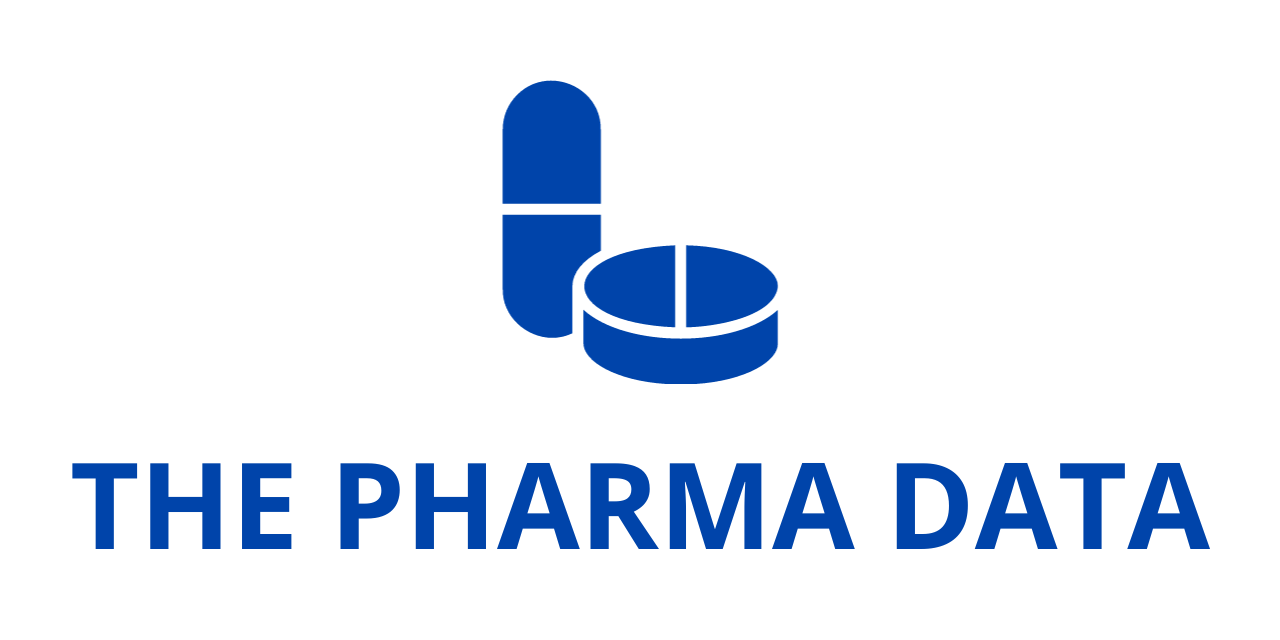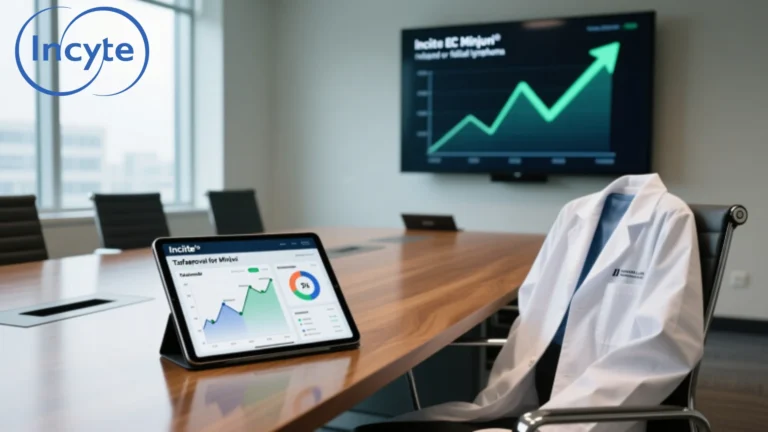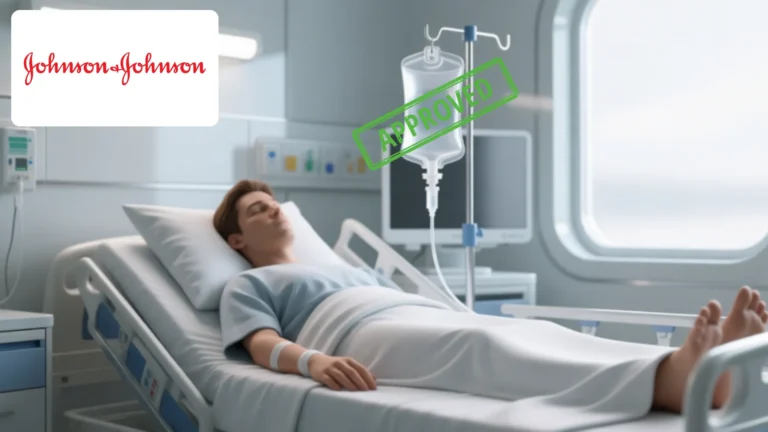
Merck Highlights Positive Enpatoran Phase 2 WILLOW Study Data in SLE at EULAR 2025
Merck, a leading science and technology company, today presented new and detailed results from its Phase 2 WILLOW study, emphasizing the potential of its investigational oral TLR7/8 inhibitor, enpatoran, to aid patients suffering from systemic lupus erythematosus (SLE) — a complex and often hard-to-treat autoimmune disease. The data, stemming from Cohort B of the study (NCT05162586), were presented in a late-breaking oral presentation during the 2025 European Congress of Rheumatology (EULAR) in Barcelona (Abstract #LB0004).
While the study fell short of meeting its primary endpoint — which was a clear, dose-response relationship when comparing enpatoran to placebo — the data revealed a range of positive signals for efficacy and a favorable safety profile in a patient population that frequently struggles to control their disease with standard of care (SoC) treatments. Importantly, enpatoran demonstrated clinical improvement in both skin and overall disease activity in prespecified patient subpopulations, adding depth to the understanding of its potential role in SLE treatment.
“Analyses of Cohort B contribute to our understanding of enpatoran’s potential to address the critical unmet needs for patients living with lupus, including those experiencing significant skin manifestations. These manifestations are often a reflection of the underlying disease activity — causing considerable pain, distress, and a reduced quality of life for many individuals with SLE,” said principal investigator Prof. Eric Morand, from Monash University and Monash Health. “The improvements we see in key disease measures represent a meaningful advance in our ongoing investigation of TLR7/8 inhibition as a potential therapeutic approach for patients whose disease cannot be adequately controlled by standard treatments.”
WILLOW Study Design
The WILLOW study is a global, multicenter, randomized, placebo-controlled Phase 2 trial evaluating the efficacy and safety of enpatoran, a novel, potent TLR7/8 inhibitor, in patients with SLE. The study comprises two separate cohorts — each designed to answer a unique set of scientific questions in this complex disease population — and includes both patients with predominantly cutaneously-active disease and those with more severe or systematic disease activity.
Cohort B was designed to directly investigate the dose-response relationship of enpatoran in reducing disease activity, as measured by the British Isles Lupus Assessment Group-Based Composite Lupus Assessment (BICLA) response at Week 24. This group consisted of SLE patients with at least a moderate or severe disease activity score at baseline, all while retaining their standard of care medications. Importantly, many participants were experiencing high disease activity at study entry — a population that typically poses a significant challenge to control with standard treatments.
The study evaluated three dosage groups of enpatoran (25 mg, 50 mg, and 100 mg) administered twice daily in comparison to a matching placebo, alongside their respective standard of care treatments. The main objective was to determine whether enpatoran could produce a greater response rate — measured by the BICLA composite — over a 24-week treatment period. Furthermore, secondary and exploratory endpoints were designed to gauge its effects across a range of disease activity measures, both cutaneously and systemically.
Positive Secondary and Exploratory Outcomes
While the study’s primary endpoint was not formally met, Cohort B demonstrated a range of desirable effects across secondary and exploratory endpoints — reflecting its potential for delivering clinically meaningful improvement for patients with SLE.
For patients with active skin disease at baseline (CLASI-A score of 8 or greater), the BICLA response rate was up to 58.6% with enpatoran, in contrast to 31.7% with placebo. Furthermore, up to 60.5% of patients receiving enpatoran displayed a CLASI-70 response — a 70% improvement in their skin disease activity score — at Week 24, while only 26.8% of those in the placebo group achieved the same degree of improvement. This illustrates a clear, clinically meaningful treatment effect for skin-related symptoms, a manifestation frequently causing significant distress and reduced quality of life for patients with SLE.
Additional subgroup analyses revealed higher and relevant BICLA response rates for enpatoran in patients with high baseline corticosteroid (prednisone-equivalent) usage (at or above 10mg/day) and in those with a high interferon gene signature (IFN-GS) — further validating its potential utility in hard-to-treat patient subsets.
Consistent Benefit in Previous Study (Cohort A)
The data from Cohort A, previously presented at LUPUS 2025, revealed clinically meaningful improvement in disease activity in patients with cutaneously-active SLE with or without additional, less severe disease manifestations. The positive signals related to skin-related endpoints were largely consistent between both cohorts — adding depth to the understanding that enpatoran’s mechanisms may directly contribute to improving skin symptoms alongside its effects on overall disease activity.
“The efficacy and tolerability results from Cohort B, particularly among those with active skin involvement — a manifestation that resonates profoundly with the majority of SLE patients — are consistent with our observations from Cohort A. The lupus rash is not just a visible symptom; it is a manifestation that signals ongoing, underlying disease activity. Our data suggest we may be able to interrupt this process and ease its effects on patients’ daily lives,” said Jan Klatt, Head of Development Unit Neurology & Immunology for Merck’s Healthcare business. “We are set to initiate regulatory conversations with key health authorities to determine the most effective path forward for delivering enpatoran to patients in need.”
Enpatoran’s Tolerance and Safety Profile
Safety signals remain a key consideration for any new therapy for SLE — a disease frequently requiring long-term treatment. Importantly, enpatoran was well-tolerated with a manageable safety profile and no new signals of concern. The rates of treatment-emergent adverse events (TEAEs) were comparable between enpatoran and placebo groups — ranging from 60.6% to 64.2%. The most frequently reported TEAEs were infections and infestations, which is a well-understood phenomenon in SLE patients due to their disease’s nature and their frequently heavy use of immunosuppressive medications.
This strong tolerability profile further underscores the potential for enpatoran to be used safely alongside standard of care in a population wrestling with numerous health challenges related to their disease.
Enpatoran’s unique mechanism of inhibiting Toll-like receptors 7 and 8 (TLR7/8) directly targets key innate immune responses that contribute to the pathophysiology of SLE — a complex autoimmune condition in which the body attacks its own healthy tissues. The ability to dampen these signals without broadly affecting other components of the innate and adaptive immune response offers a promising avenue for improving disease control while retaining a strong safety profile




